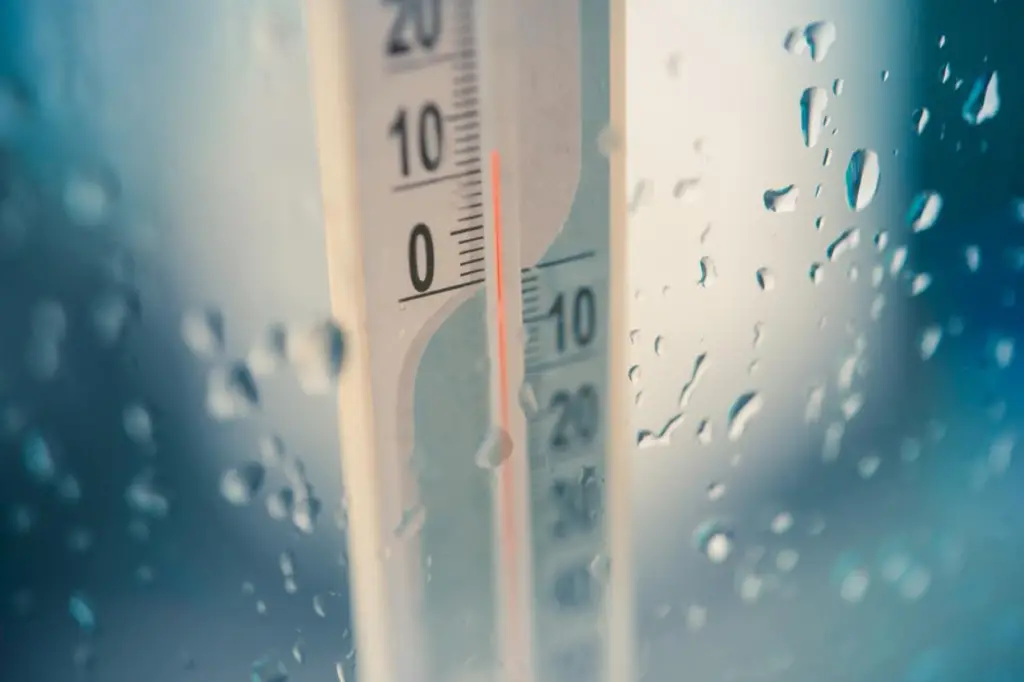
Now more than ever before, people want to know what temperature it is — not merely whether it feels hot or cold, but the exact temperature of an environment to a fraction of a degree. What’s more, temperature sensors are increasingly expected to provide such an accurate reading of environmental temperature despite the devices housing them decreasing radically in size.
For engineers, product designers, manufacturers and even shippers, industry trends in temperature sensors matter a great deal. Here are a few interesting developments in this realm, which could influence the effectiveness of temperature tech into the future.
Massive Growth in Consumer Electronics
A couple decades ago, consumer electronics was a growing industry — but certainly few predicted that it would become as massively valuable as it is today. In 2005, the global consumer electronics market collected around $230 billion in revenues, and in 2023, experts anticipate total revenues to surpass $1,103 billion. What’s more, consumer electronics should continue to grow by an estimated 2.17 percent per year. This means that more and more consumer electronics are finding their way into users hands — and many of those electronics will take advantage of temperature sensors at several points in their manufacture and use. Some applications of temperature sensors in the consumer electronics industry include:
- Consumers want their devices to provide data about the temperature of their environment.
- Devices need temperature sensing tools to protect hardware from temperature extremes.
- Manufacturers and shippers need temperature sensors to keep tech safe before it reaches consumers.
Rise in Reliance on Data Collection and Analysis
Big Data is not a new concept for most business leaders, and yet organizations continue to intensify their effort to collect, analyze and apply more and more information. In fact, the data collection market is growing at a much faster clip than the consumer electronics market, with an estimated compound growth rate of about 25 percent between now and 2028.
One of the more practical ways to increase data collection is through wireless sensors, which can be applied to all manner of equipment, tools, vehicles and personnel to better understand performance and maintenance needs. Temperature sensors, specifically, might help organizations generate safe operating guidelines for certain types of machinery or assess damage to shipped goods, which can be accomplished through freeze indicators attached to shipments.
Adoption of Wireless Sensors Across Industries
It is worth noting that wireless sensors are not useful merely for increased data acquisition and analysis. In many cases, the use of wireless sensors is necessary, as physical access to certain locations becomes impossible. For example, the oil and gas industry utilizes sensors of all types — but temperature sensors specifically — on many critical components, such as wellhead tanks, pipelines, flare systems and more. In these cases, a wired temperature system would be unreasonably dangerous, so wireless sensors become essential. As another example, wireless sensors are must-haves in shipping, in which wired solutions are not always practical. As the demand for wireless sensors of all types increases, so too will the demand for temperature sensors increase.
Concerns Associated With Size, Speed and Safety
The first computer itself was the size of a large room, and today, we have much faster and much more powerful computers that fit in our front pockets. Technology is shrinking — and many expect the size of sensors to shrink accordingly. Indeed, sensor manufacturers need to reduce the size of their temperature sensors if they want them to fit into industry and consumer electronics. However, smaller size should not equate to worse performance, as sensors should be capable of delivering highly accurate information about temperature with incredible speed to meet expectations of users. Finally, a global focus on security suggests that temperature sensors of all types need to be safe for users and should not weaken the security of the devices that use them.
The temperature sensor market is vast and diverse — and it is only becoming larger and more complex as more industries and companies come to rely on temperature sensors to make better decisions. All users of temperature sensors should pay attention to shifts in the industry over coming years to capitalize on incredible innovations to temperature sensing technology.










